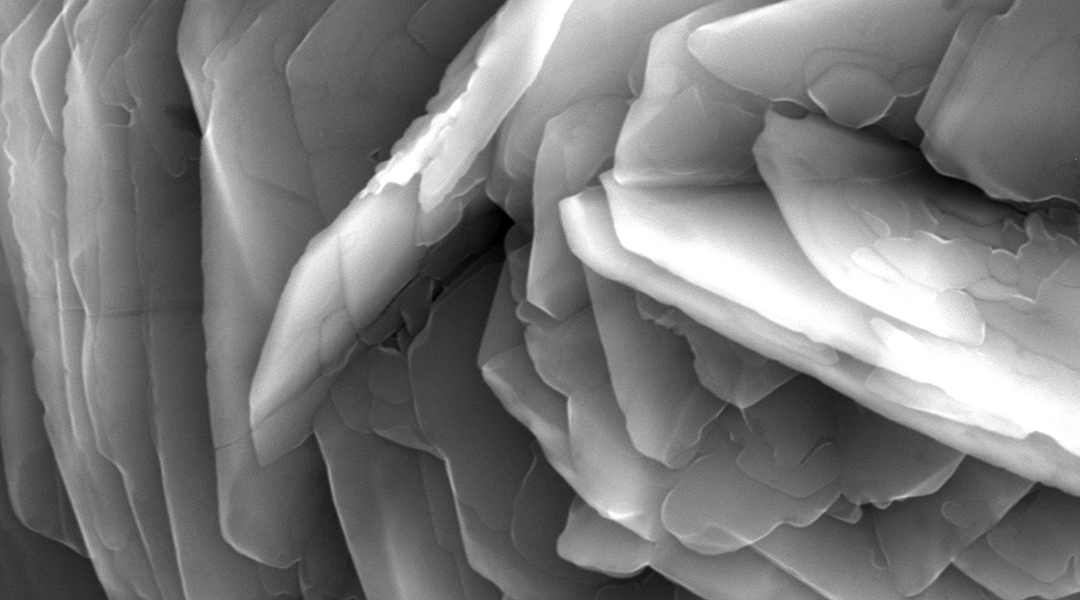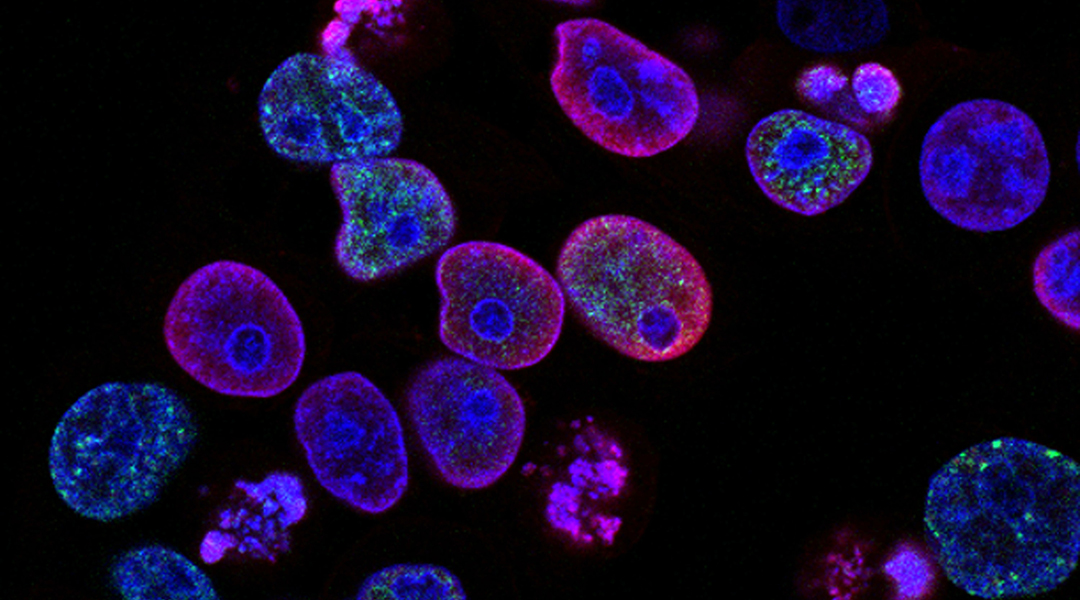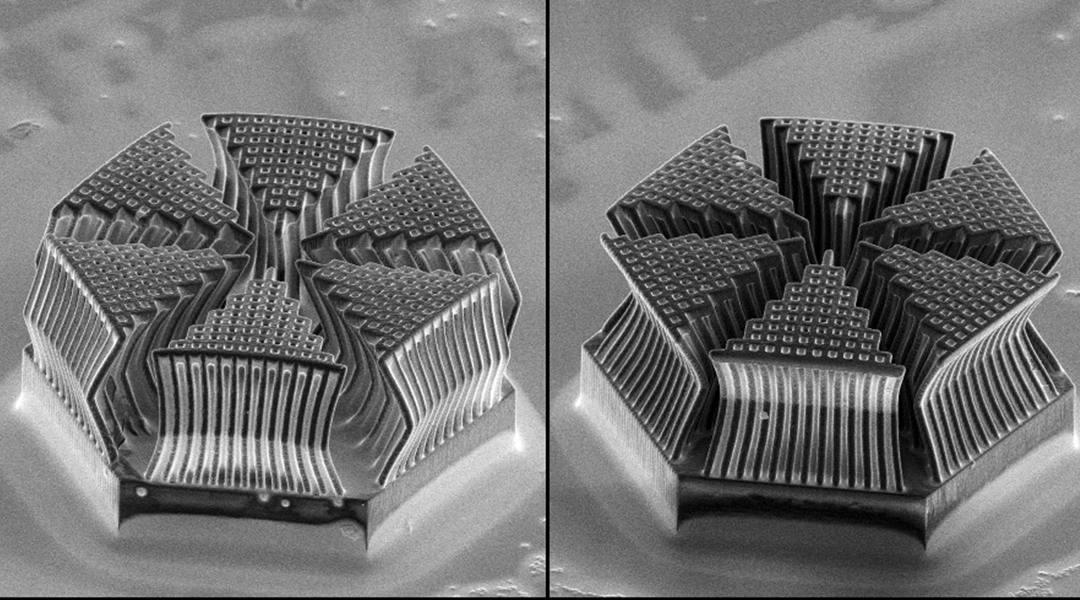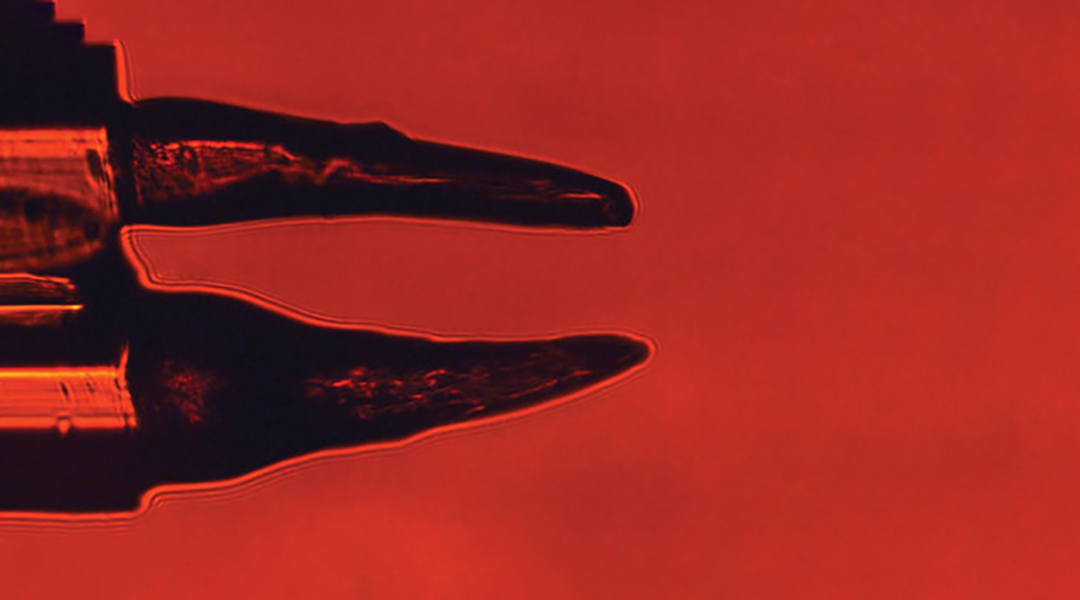Novel rosette-like formations may open new opportunities in corrosion science, manufacturing of titanium-based implants, and fluid-surface interactions.


Novel rosette-like formations may open new opportunities in corrosion science, manufacturing of titanium-based implants, and fluid-surface interactions.

Czech researchers developed self-propelled microrobots that decompose complex solid pollutants, such as single use and disposable textile fibers.

Researchers have designed a gold-coated nanomotor that can be controlled by infrared irradiation for precise drug delivery in cells.

By designing complex microscale stamps, precision 3D printing methods offer control over fluid transfer in traditional 2D printing applications

A pair of micro-scale pliers was made from a liquid crystalline elastomer and fiber optic wire, which can reversibly change shape in response to visible light.

Scientists create a lightweight wood with incorporated magnetic nanoparticles for electromagnetic interference shielding.

Direct‐write and 3D printing using liquids metals provides an interesting alternative for wiring in circuitry.

X‐ray absorption spectroscopy represents a valuable characterization tool for complex materials like multialkali antimonides.

A new tool can diagnose sepsis in less than fifteen minutes, even with a very low concentration of biomarkers.

Researchers at KIT in Germany demonstrate reverse surface wettability by salinization.